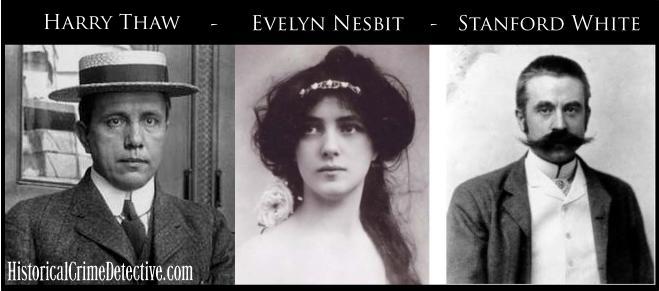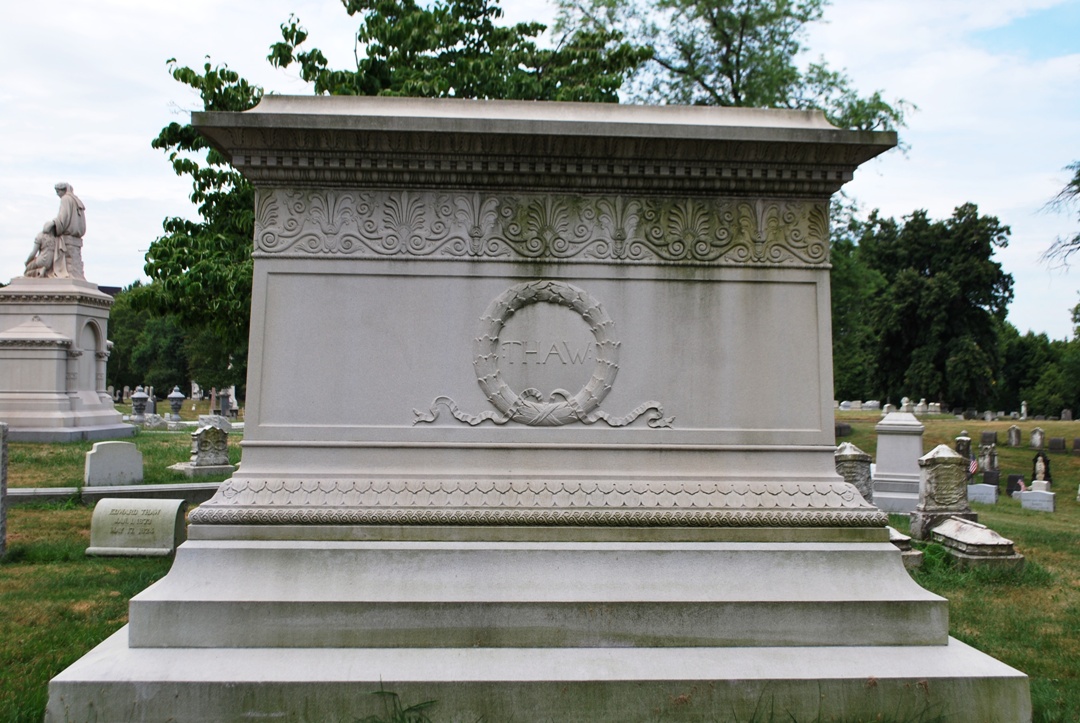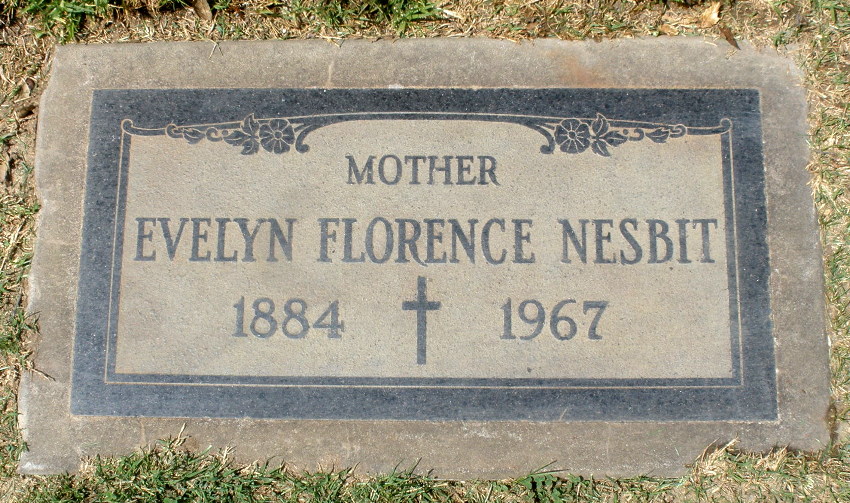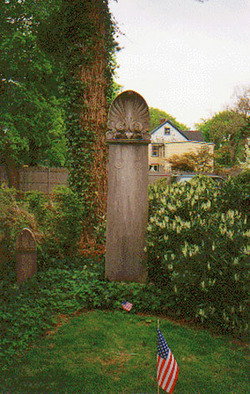When the weather thaws, I go off to Allegheny Cemetery, where I visit the graves of the (in)famous. My fave: Harry Kendall Thaw (February 12, 1871–February 22, 1947). I have been fascinated with Thaw for decades . . . not because he was the son of a Pittsburgh coal and railroad baron; not because he was heir to a multimillion-dollar mine and railroad fortune; not because he was plagued by mental illness since childhood; not because he spent money lavishly to fund his obsessive partying, his drug addiction, his sexual appetite.

I am fascinated by the wacko because of what gave him an historical legacy: On June 25, 1906, on the rooftop of Madison Square Garden, Thaw murdered renowned architect Stanford White, a partner of the firm McKim, Mead & White.

White had previously sexually assaulted Thaw’s wife, model/chorus girl Evelyn Nesbit, when she was 16. During the opening-night performance of Mam’zelle Champagne, audience members noticed Thaw repeatedly glaring at White. Thaw eventually got up, crossed over to White’s seat and shot him point-blank while the show onstage was in the midst of a number titled “I Could Love a Million Girls”.
Keep in mind: Nesbit was considered the most beautiful and notorious woman of her day; she was one of artist Charles Dana Gibson’s “Gibson Girls”; fans showered her with $50 bills wrapped around stems of roses tossed at her feet. White kept a Fifth Avenue love nest, where he pushed her in a red velvet swing as she wore nothing but the jewels he gave her.
 The trial of Thaw and its aftermath mesmerized the nation. Americans overwhelmingly supported Thaw–he had avenged his wife’s honor; what else mattered? But the district attorney, Travers Jerome, ferocious, brilliant, and unflappable, was determined to send Thaw to the electric chair.
The trial of Thaw and its aftermath mesmerized the nation. Americans overwhelmingly supported Thaw–he had avenged his wife’s honor; what else mattered? But the district attorney, Travers Jerome, ferocious, brilliant, and unflappable, was determined to send Thaw to the electric chair.
Nesbit’s scandalous testimony, that White had drugged and raped her, caused a sensation. The president of the United States, Theodore Roosevelt, wanted to prevent distribution of her verbatim
account by the newspapers; and Thaw’s appeal eventually went all the way to the U.S. Supreme Court. The murder of White cast a long shadow: Harry Thaw twice attempted suicide and Nesbit battled a cocaine addiction during her acting career in Hollywood in the ’20s.

This riveting story–the first scandal of the century–broke Victorian taboos, heralded a new understanding of sex and sexuality, and ushered in the modern era. Simon Baatz has dome a magnificent job chronicling, detailing and dishing out the sensational story in The Girl on the Red Velvet Swing: Sex, Murder, and Madness at the Dawn of the Twentieth Century (Mulholland Books, $29).
Now, for the first time, comes an authoritative account of the brutal rape of Nesbit by famed architect White, whose attack of Evelyn Nesbit should have been called rape. The penalty for rape in 1901 was severe, more severe than in 2017, a prison sentence of 20 years under brutal conditions in the state penitentiary with no possibility of parole. Public opinion in 1906 (after the murder of White) overwhelmingly condemned White as a pedophile and rapist. But over the years, to burnish White’s
reputation as an architect, the rape was whitewashed as a
“seduction.”
Baatz’s book is a fascinating true-crime story, a thrilling account based on exhaustive research in the newspapers of the day. In 1901, Evelyn Nesbit, 16, an artist’s model and aspiring actress, dined alone with Stanford White, 47, at White’s Manhattan townhouse. That evening they drank champagne and Evelyn lost consciousness. She awoke, naked in bed, White lying next to her, tell-tale spots of blood on the bedsheets.

Four years later Evelyn married Harry Thaw, playboy millionaire. One evening, at a performance of the musical comedy Mam’zelle Champagne, Thaw shot and killed White before hundreds of theatregoers. The trial of Thaw and its aftermath mesmerized the nation. Americans overwhelmingly supported Thaw–he had avenged his wife’s honor; what else mattered? But the district attorney, Travers Jerome, ferocious, brilliant, and unflappable, was determined to send Thaw to the electric chair.
